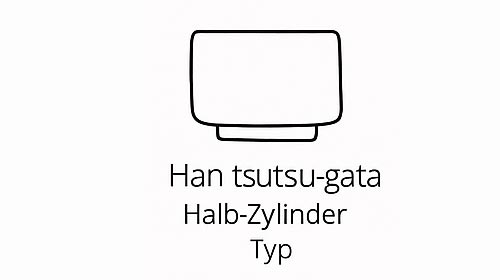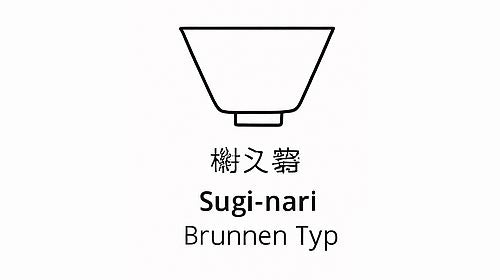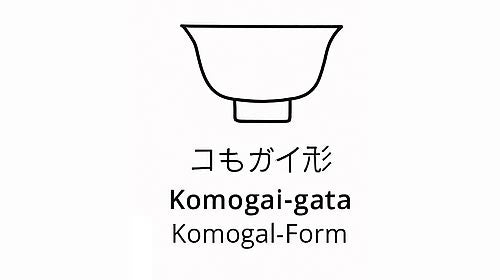The Tsutsu-gata chawan is the form of concentration. Its tall, cylindrical structure lends it a certain austerity, a concentrating dignity. "Tsutsu" (筒) means tube or cylinder – a term that refers to its upright, vertical shape. Yet what sounds dryly technical conceals a deep, quiet beauty.
This bowl wasn't designed for quick enjoyment. It demands attention, draws the eye into the depths, and its shape creates a small, enclosed universe for the tea.
Shape & Proportion
The Tsutsu-gata is significantly taller than other chawan and has a relatively narrow opening . The walls are usually straight or slightly tapered, allowing heat to be retained very well—a feature that makes it a preferred choice for winter tea ceremonies .
The inner base is deep, and the volume is distributed upright. Drinking creates a deliberate downward movement, almost like a meditative process.
Historical development
The Tsutsu-gata style found its way into Japanese tea culture during the late Muromachi period (15th century) and was particularly cultivated by certain tea schools during the Edo period. It was considered particularly suitable for formal winter ceremonies , where calm, focus, and concentration were paramount.
Its design is closely linked to the philosophy of Wabi-cha : reduction to the essential, silence instead of decoration, depth instead of breadth.
Materials & Glaze
-
Often made in Raku workshops , especially as Kuro-Raku with deep black glaze
-
Variants made of Shino or Oribe ceramics with subtle glazes are also known
-
The body is often thick-walled, which gives the bowl additional weight and heat storage
The foot (Kōdai) is centered and usually slightly raised, stable and unpretentious.
Use in practice
The tsutsu-gata is primarily suitable for koicha , as its shape concentrates the heat and keeps the drinking experience calm and contained. It is less commonly used for usucha, as the narrow space makes frothing difficult.
Their use is typical:
-
in cold months
-
in formal ceremonies with a small circle of guests
-
in dark, reduced tea rooms with a focus on the essence of the moment
Symbolism & Effect
This bowl represents depth, retreat, and contemplation . It is not an object of display, but of contemplation. Space and time condense within it—it reveals nothing that is not consciously observed.




Leave a comment
This site is protected by hCaptcha and the hCaptcha Privacy Policy and Terms of Service apply.